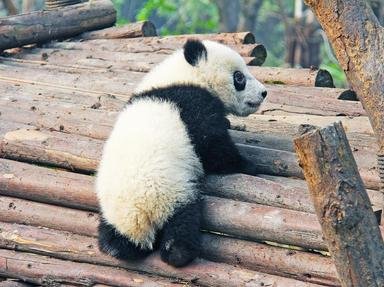Quiz Answer Key and Fun Facts
1. The orangutan is one of Indonesia's most iconic animals. Which of the archipelago's islands should you visit if you want to see one in the wild?
2. The only tiger population left in Indonesia, the Sumatran tiger is a forest-dweller threatened by habitat loss. What is the main driver of deforestation in Indonesia?
3. Fewer than 80 specimens of Sumatran rhinoceros are left in the wild in the first quarter of the twenty-first century. Which of these is NOT a distinguishing feature of this rare species?
4. Several species of tarsier, a small primate with huge eyes, inhabit the islands of Indonesia. What makes these cute creatures unique?
5. The fearsome Komodo dragon is probably the most famous of the endemic animal species of Wallacea. It is believed to prey regularly on humans.
6. Located at the centre of Wallacea, the island of Sulawesi boasts a number of species not found elsewhere in Indonesia - including several species of what tasty-sounding arboreal marsupial, also known as Australasian possum?
7. This striking bird, a member of the family Bucerotidae, is the faunal symbol of South Sulawesi. By what common name are the birds in this family known?
8. The two extant species of anoa are both endemic to the island of Sulawesi. Which much larger bovid (found both in wild and domesticated state) is their closest relative?
9. With its distinctive, curved tusks, this even-toed ungulate endemic to Sulawesi is known by the common name of deer-pig, a literal translation of what Indonesian name?
10. The Indonesian western half of New Guinea is rich in endemic species. One of them is the large Papuan eagle, also known by what mythological-sounding name - which generally designates an even larger South American bird of prey?
Source: Author
LadyNym
This quiz was reviewed by FunTrivia editor
rossian before going online.
Any errors found in FunTrivia content are routinely corrected through our feedback system.
